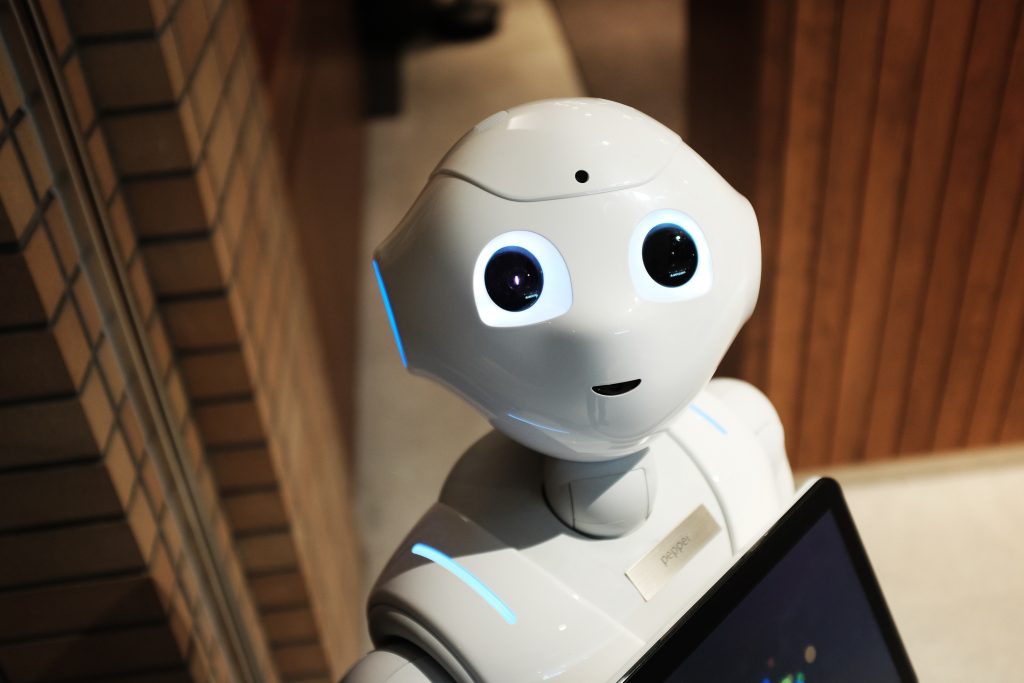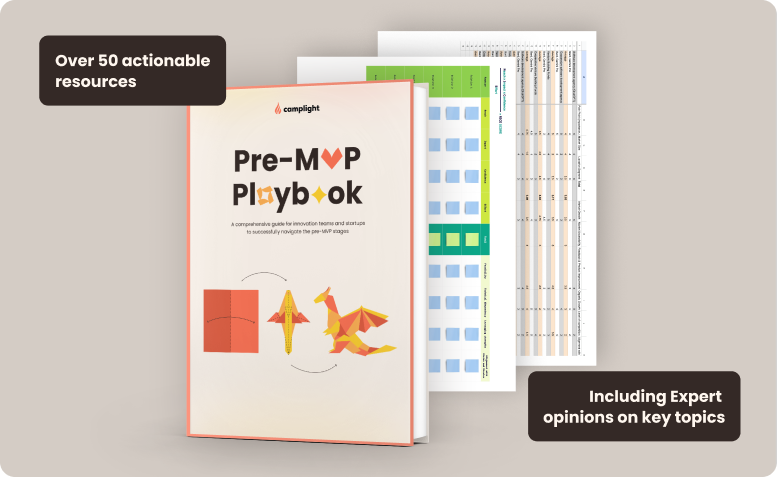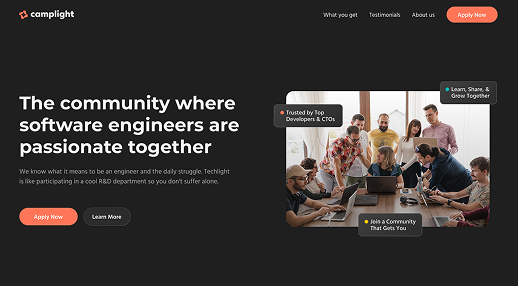Finding the balance between technological advancements and human values is an intricate dance. Let’s unravel the paradox and decode AI together.
The blog “Decoding AI: Is the Quest for Efficiency Overshadowing Our Humanity?” examines the balance between AI’s benefits in efficiency and innovation and its potential drawbacks, like reduced human interaction and job losses. It advocates for a balanced AI development that prioritizes human values and emotional intelligence, emphasizing the importance of not letting technology overshadow our humanity.

You are asking Siri to set a reminder. Netflix recommends a movie based on your viewing history and “taste”. Google curates personalized ads for your browsing experience.
AI is everywhere and there’s a reason everyone is talking about it.
We could take the liberty and compare AI to a silent workhorse, tirelessly toiling behind the scenes to enhance user experiences, streamline operations, and drive innovation.
Decoding AI helps us to comprehend its integral role in shaping our experiences and the profound impact it has on our everyday lives.
Did you know that the current AI market size is 207 bn US dollars? And the predictions are that it will skyrocket in the next 7 years.
And while Artificial Intelligence promises an era of technological advancements, there’s one question that creeps in: “Does this transformative technology only generate good?”
This blog post aims to explore the various facets of AI, the potential impacts on society, and the delicate balance between efficiency and humanity in AI development.
First step of Decoding AI: Exploring its Benefits
AI has revolutionized several industries, enhancing efficiency beyond our imagination.
In healthcare, AI assists in diagnosis, treatment planning, and patient care. It is actively detecting diseases and determining optimal treatment strategies. Companies like Epix.ai are even working on preventing age-related diseases using AI.
In business, AI aids in data analysis, process automation, and customer service. We implement it in our work daily. Even our recent venture, Aibo, leverages the power of AI to streamline business operations.
AI’s influence extends to transportation, with self-driving vehicles and advanced traffic management systems. On a smaller yet significant scale, AI personal assistants, automated customer service, and personalized recommendations are becoming commonplace.

AI’s transformative power was highlighted as early as 2016 when it was compared to electricity by a computer scientist during a lecture at Stanford:
Just as electricity transformed almost everything 100 years ago, today I actually have a hard time thinking of an industry that I don’t think AI will transform in the next several years.
Andrew NG
Second step of Decoding AI: Understanding The Human Cost
Everything has a cost. And we cannot but ponder what the human cost of AI is.
We are getting more and more dependent on AI. Have you thought about how this could impact human interactions and emotional connections?
Take your workday as an example. How often do you use AI to simplify tasks, save time, and be more efficient? You do the multi-tasking, right? You do also the multi-thinking, the multi-delivering, but doesn’t that lead to higher stress levels? Do you get the feeling you are somehow falling behind? Or that you’re flooded with information you cannot keep up with?

You are not alone. Many experience it and the condition is even termed “technostress”. Productivity challenges, chronic fatigue, and general burnout are only a part of a long list of symptoms.
Having a negative effect on our mental health is not the only threat. There’s also the potential for job losses due to automation. In a recent article published by BBC, the predictions are that AI could replace 300 million jobs.
And if that’s not enough, there’s the human aspect to be considered. It refers to the deep-seated connections, empathy, and creativity that make us uniquely human. While AI can mimic and automate certain tasks, it cannot replicate this innate human element.
We also have to mention the regulations and think about responsibility. Who takes it when mistakes happen? Full transparency and accountability are still somewhat up in the air.
The lines of responsibility can blur, creating a complex web of legal and ethical quandaries. Society, together with policy-makers, needs to devise comprehensive guidelines and regulations to ensure accountability is upheld and that the legal implications of AI errors can be appropriately addressed.
It’s not Black and White
Every coin has two sides, and so does the implementation of AI in our lives and workplaces.
There will always be supporters who advocate for AI’s advantages — efficiency, precision, and scalability. They focus on AI’s ability to perform complex tasks in a fraction of the time, freeing us to work on more creative, high-value tasks.
On the other hand, skeptics express concerns about job security, privacy, and the impact on our emotional well-being. They argue that over-reliance on AI could lead to an erosion of essential human skills and genuine human interactions.

Both parties make some good points. We are trying to meet them halfway. Our belief is that AI is here to help enhance our lives. The key lies in leveraging its strengths judiciously, harnessing its potential while preserving our inherent human values.
As we continue to navigate this complex landscape, we believe it’s crucial to strive for a balanced perspective that recognizes both the potential of AI and the legitimate concerns associated with it.
Balancing Efficiency and Humanity in AI Development
Striking a delicate balance between efficiency and humanity in AI development is crucial.
As we leverage AI to streamline operations and amplify productivity, it is essential not to lose sight of the human factor.
At Camplight, our values stem from a profound belief in the power of collective human collaboration. We strive to create digital products that bring out the best in individuals and teams, recognizing that technology is merely a tool to amplify human potential.
AI systems, while efficient, lack the emotional intelligence, empathy, and nuanced understanding that are intrinsic to human interactions. These qualities are particularly vital in sectors like healthcare, education, and customer service, where the human touch forms a central part of the experience.

Therefore, AI development should be guided by a people-centric approach, prioritizing emotional intelligence, ethical considerations, and efficiency.
This strategic balance will ensure a harmonious integration of AI into our social fabric and prevent the potential dehumanization that over-reliance on technology may foster.
At our core, we believe in creating value while staying true to our mission of fostering meaningful human connections in a digital world. That’s why we see AI more as a facilitator to success, rather than a threat.
Additionally, incorporating mindfulness practices and promoting digital detoxes can help individuals navigate the potential stressors of AI and maintain a healthy relationship with technology.
Drawing the Threads Together
In conclusion, as we progressively embed AI into our daily lives and workplaces, it’s critical that we do not allow the human essence to be overshadowed by the technology we create.
Let’s remember to put people at the heart of AI developments and ensure the tech serves us, not the other way around. It’s all about embracing the efficiency of AI without losing our humanity…
And if you’re wondering already, yes, this blog post was written with the help of AI. When used right, it could be like adding a dash of paprika to a gourmet dish – the AI doesn’t take over the flavor but gives it an extra kick that makes it all more delightful!
So let’s embrace the spice – the future is here, and it’s serving up a tantalizing blend of human creativity and artificial intelligence. Do we need to be careful? Oh yes. But we cannot escape what’s already here, so let’s engage with it responsibly and thoughtfully. Even more, let’s contribute to a brighter future.
If you already have a niche idea that’s solving an issue effectively and believe it could reach new heights with an AI layer, we’re all ears. We’re excited to hear about your innovative solutions and discuss how we can integrate AI to boost efficiency and impact.
Start a conversation with us today – let’s revolutionize problem-solving together!






